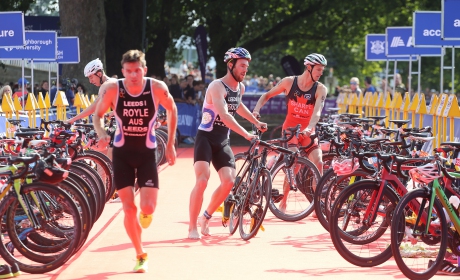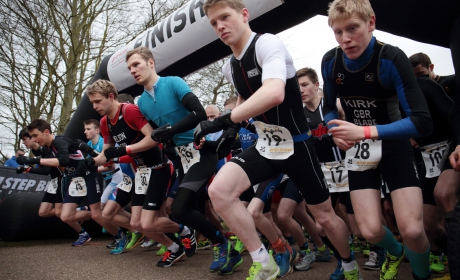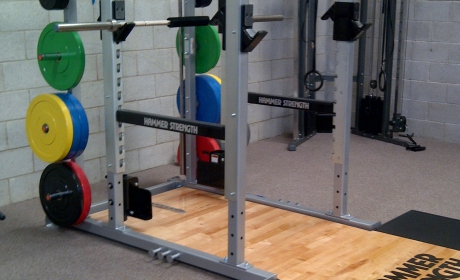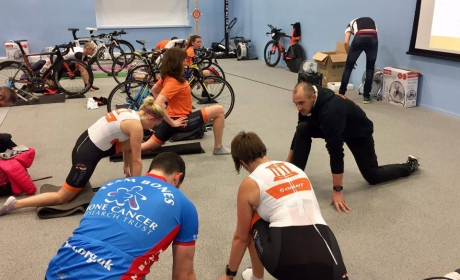Focusing upon your breathing patterns within running first emerged as a theory to try and minimise overuse injuries and to help reduce the overall risk of injury. When running your foot strike force upon impact with the ground is greater at the beginning of exhalation, this increased force and stress if always on the same side of the body (same foot-strike) it will undoubtedly load and unbalance one side of your body and increase your risk of injury. An alternating rhythm will help to distribute this load equally reducing overall load and stress through one side of the body, as an aid to create more balance and equal loading a breathing pattern of 3:2 can be used.
3:2 Breathing TechniqueÂ
|
FOOTSTRIKE |
BREATHING PATTERN |
|
LEFT |
INHALE |
|
RIGHT |
INHALE |
|
LEFT |
INHALE |
|
RIGHT |
EXHALE |
|
LEFT |
EXHALE |
|
RIGHT |
INHALE |
|
LEFT |
INHALE |
|
RIGHT |
INHALE |
|
LEFT |
EXHALE |
|
RIGHT |
EXHALE |
A 3:2 breathing pattern has other benefits, it can aid in the reduction of side stitch’s and cramps within your diaphragm that can often occur during running. It’s important to add at this point that following a more rhythmical and alternating breathing pattern such as 3:2 is only possible at an individual’s more relaxed and lower intensity levels, once the intensity and speed begin to rise it is almost inevitable that your breathing pattern will change to a 2:2 or 2:1 ratio.
Breathing for Control
One key element that can be often overlooked is that of relaxation and control within our running. A rhythmical breathing pattern can allow individuals to settle into a smooth and efficient rhythm rather than feeling like they are fighting and struggling just to keep going. Such patterns are equally useful if you suffer from tension, anxiety, asthma or other issues that could lead to difficulties with breathing. Rather like a distraction technique and disassociation from what an individual may recognise as their normal running pace focusing on a breathing pattern allows us to re-centre on our own efforts rather than external factors. Within other activities breathing patterns have long been used to do just that, practitioners of yoga, martial arts and meditation use breath work to connect mind, body and spirit to create a centeredness, calm and control of the physical body. We can take advantage of this link and utilise the rhythmical 3:2 breathing pattern to help gauge our effort during running and to help centre us on an efficient sustainable rhythm. During your longer easer paced run try to integrate periods of time spent using a 3:2 breathing pattern and note the level of relaxation that it can promote, leading to better execution and enjoyment from your running.
Â
A simple thought to have when completing any periods of running that are set at lower intensities / paces is that: IF YOU CAN HEAR IT, YOU WILL FEEL IT! If you hear your breathing while running at what should be a comfortable pace, you are running too fast. This may result in an out-of-control feeling. Slow down until your breath is very quiet and you feel in control. This is equally important in longer races if you feel out of control and your work rate feels too high for your pace / times ease back relax and allow yourself to re-centre and ease back into your running, once things feel relaxed your form will return and so will your pace.
Â
Â
Breathe easy and enjoy your running it doesn’t all have to feel hard!







Comments
Please use the form below to post a comment to this blog post.